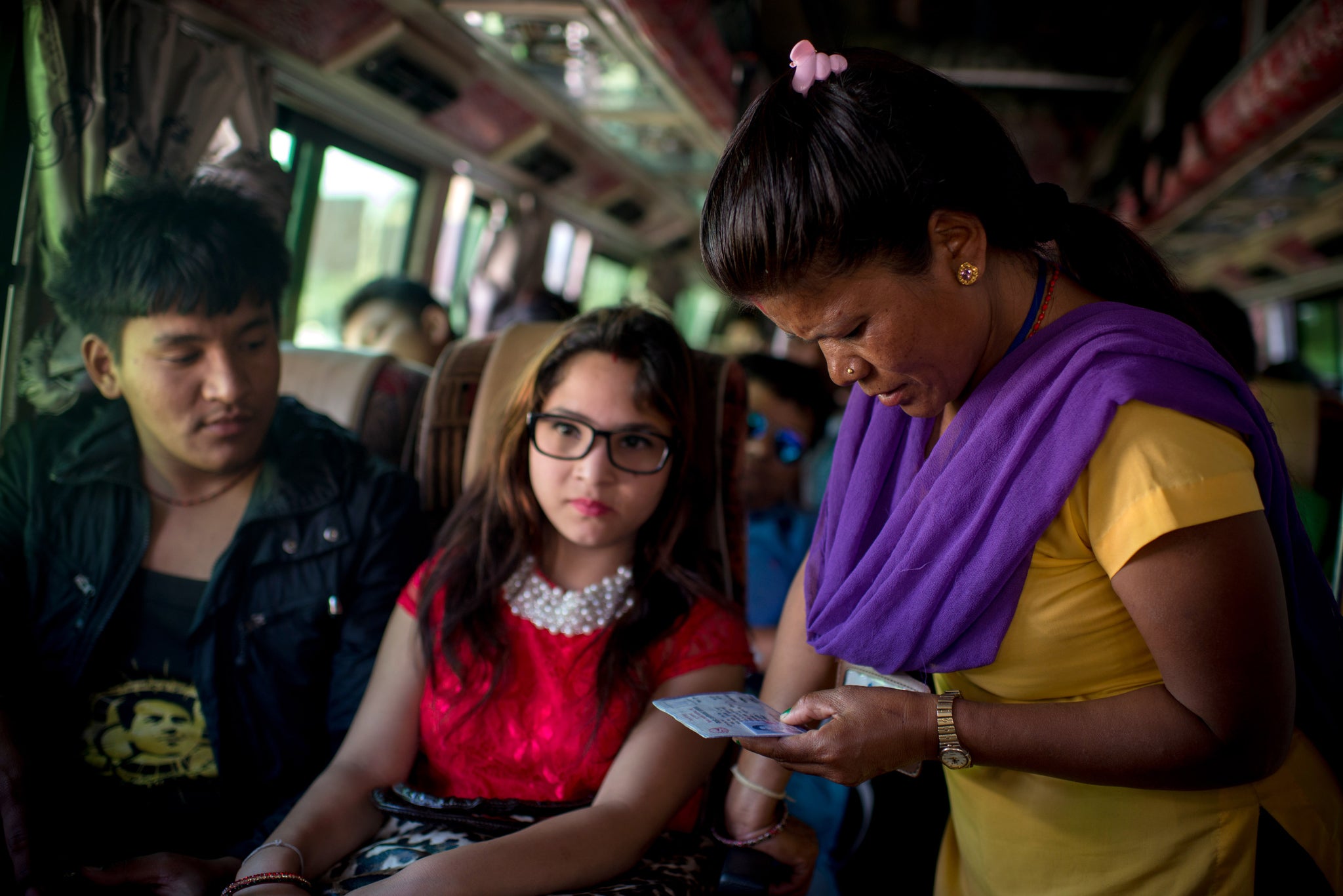Nepal earthquake: Unicef fears rise in child trafficking in the post-earthquake chaos
They warned that child abusers, exploiters and traffickers are taking advantage of the chaos in Nepal to step up their activities

Your support helps us to tell the story
From reproductive rights to climate change to Big Tech, The Independent is on the ground when the story is developing. Whether it's investigating the financials of Elon Musk's pro-Trump PAC or producing our latest documentary, 'The A Word', which shines a light on the American women fighting for reproductive rights, we know how important it is to parse out the facts from the messaging.
At such a critical moment in US history, we need reporters on the ground. Your donation allows us to keep sending journalists to speak to both sides of the story.
The Independent is trusted by Americans across the entire political spectrum. And unlike many other quality news outlets, we choose not to lock Americans out of our reporting and analysis with paywalls. We believe quality journalism should be available to everyone, paid for by those who can afford it.
Your support makes all the difference.Unicef fears that child traffickers are exploiting the chaos in Nepal following April's massive earthquake, which killed more than 8,000 people and injured more than 23,000.
A report released yesterday said that at least 245 children have been intercepted while being trafficked or illegally placed in children's care homes since the 25 April earthquake and the huge aftershock on 12 May.
Tomoo Hozumi, a representative for Unicef in Nepal, said that the organisation had feared a spike in child trafficking in the aftermath of the earthquakes.
"Loss of livelihoods and worsening living conditions may allow traffickers to easily convince parents to give their children up for what they are made to believe will be a better life. The traffickers promise education, meals and a better future. But the reality is that many of those children could end up being horrendously exploited and abused."
Even before the earthquake, trafficking was a major problem in Nepal. A 2001 International Labour Organisation study that around 12,000 Nepalese children were trafficked to India every year.
Girls are often forced into prostitution or slavery, and boys are often put into forced labour.
Villages across the mountainous nation were flattened by the earthquake, leaving hundreds of thousands without homes. Unicef believes this has made parents more willing to send their children to poorly-regulated orphanages, where young children could be at risk of unregulated adoption, exploitation, and abuse.
Prior to the earthquake, around 15,000 children languished in such homes. More than 85 per cent of them had at least one living parent.
Working with the Nepalese government, Unicef is working to stem the flow of children, by establishing and strengthening checkpoints across the country, creating refuge centres for trafficked children, and spreading information about the dangers of trafficking to families and police in affected areas.
Immediately following the earthquake, the Nepalese government suspended international adoption and banned children from moving between districts without their parents or guardians.

The registration of new orphanages has also been suspended, in an effort to cut down on 'adoption' that is often simply trafficking in disguise.
Unicef also expressed concerns about Western and global 'voluntourism', as people across the world increasingly want to travel to Nepal through adoption or visiting orphanages.
They said that while many such visitors are well-intentioned, they run the risk of seriously harming children - in some cases, children are deliberately taken from their families to orphanages, in an effort to attract lucrative adoptive families, donors and volunteers, all of whom would give money to the unscrupulous orphanage owners.
40 national and international agencies that recruit orphanage volunteers have been told to stop their orphanage volunteering programmes. Eight of these agencies have complied so far.
Join our commenting forum
Join thought-provoking conversations, follow other Independent readers and see their replies
Comments